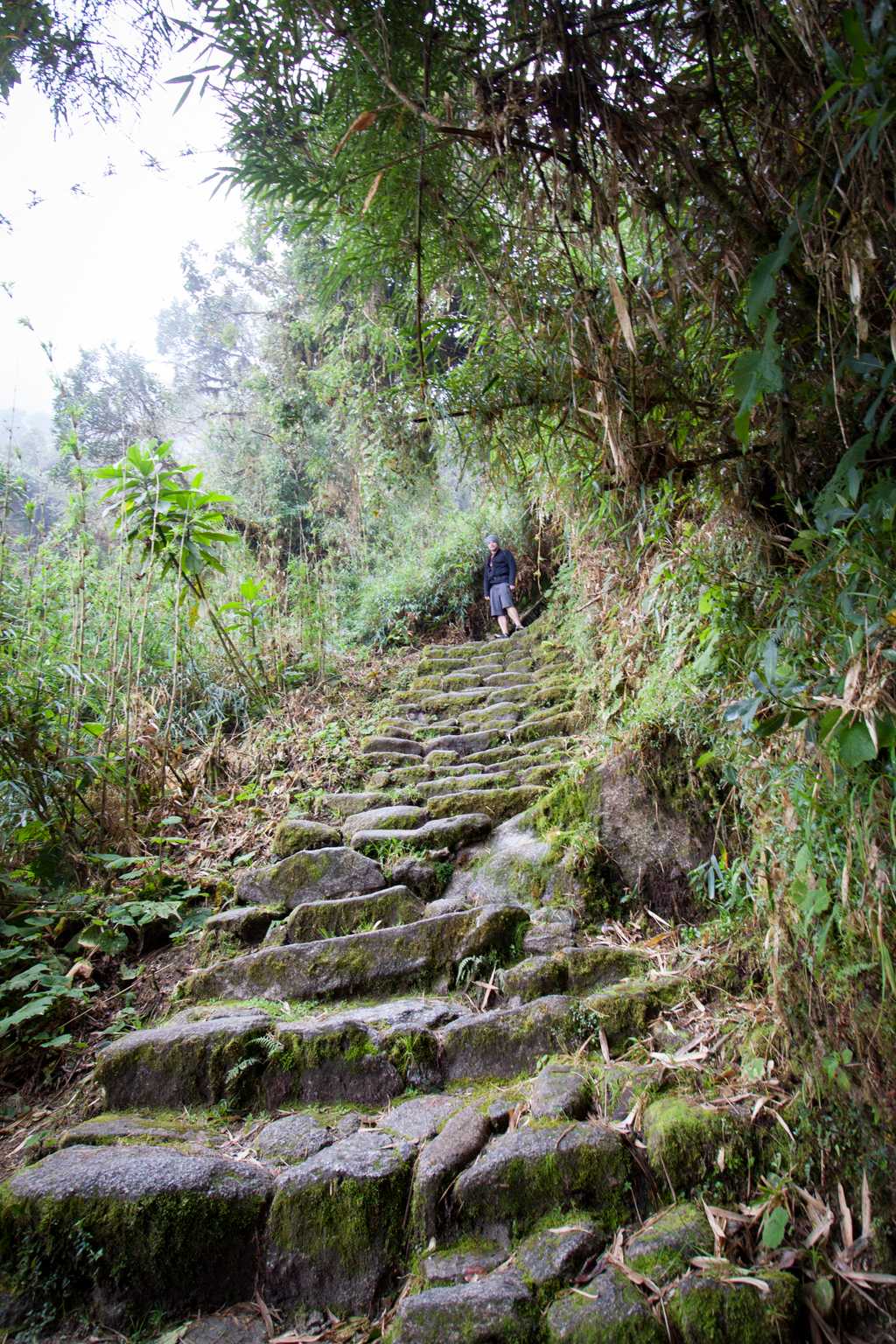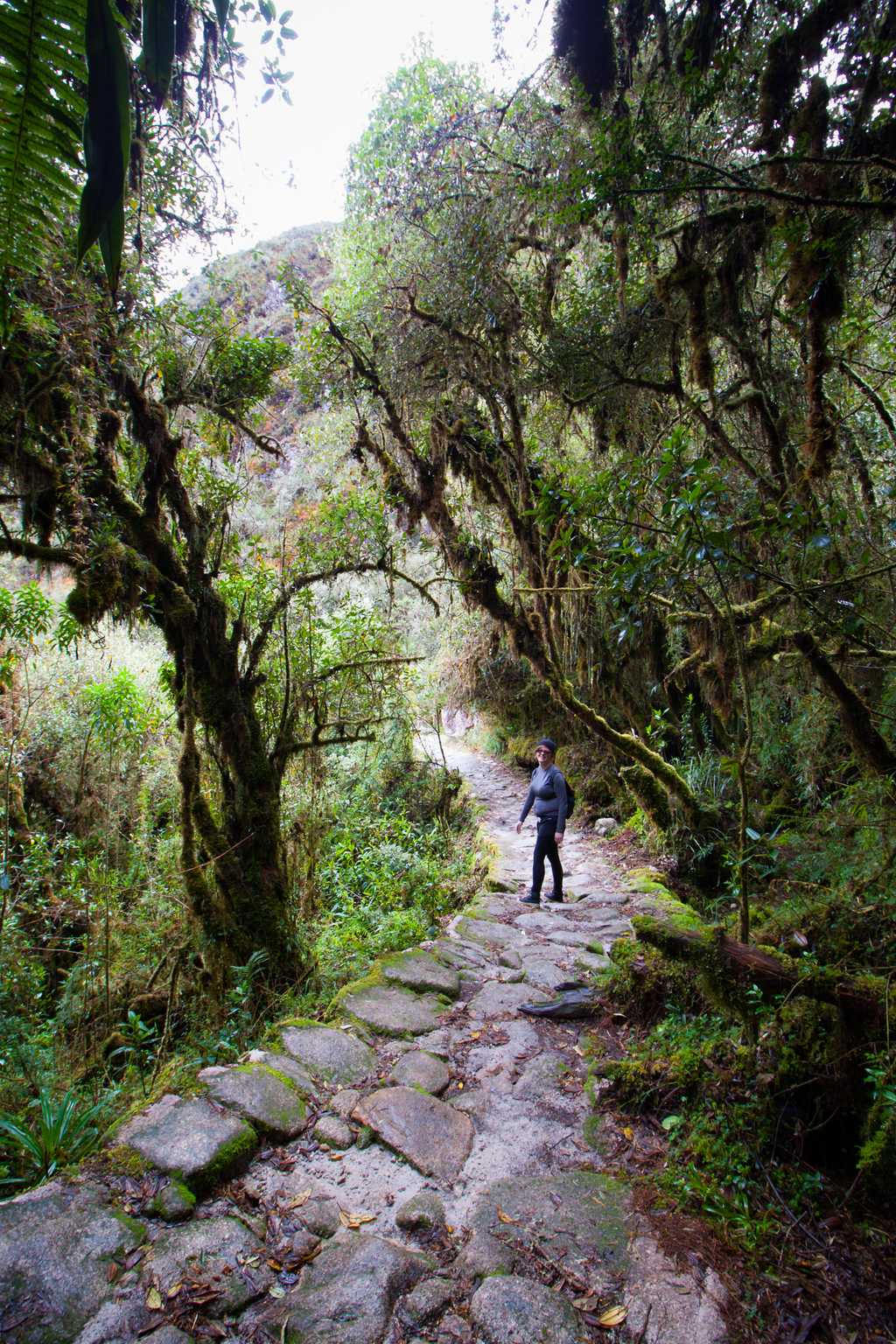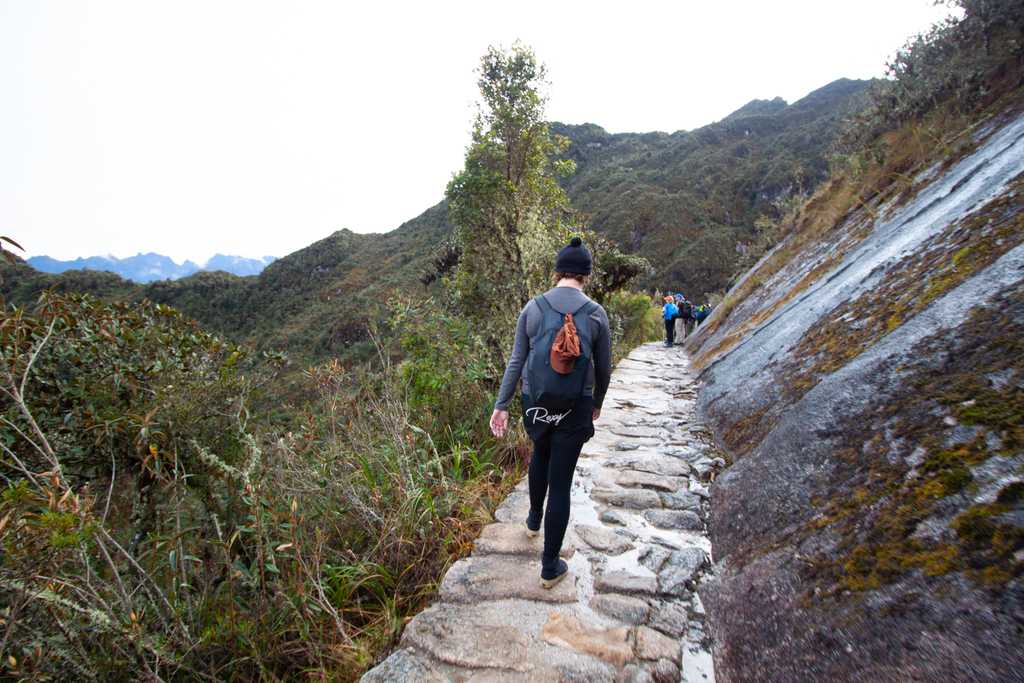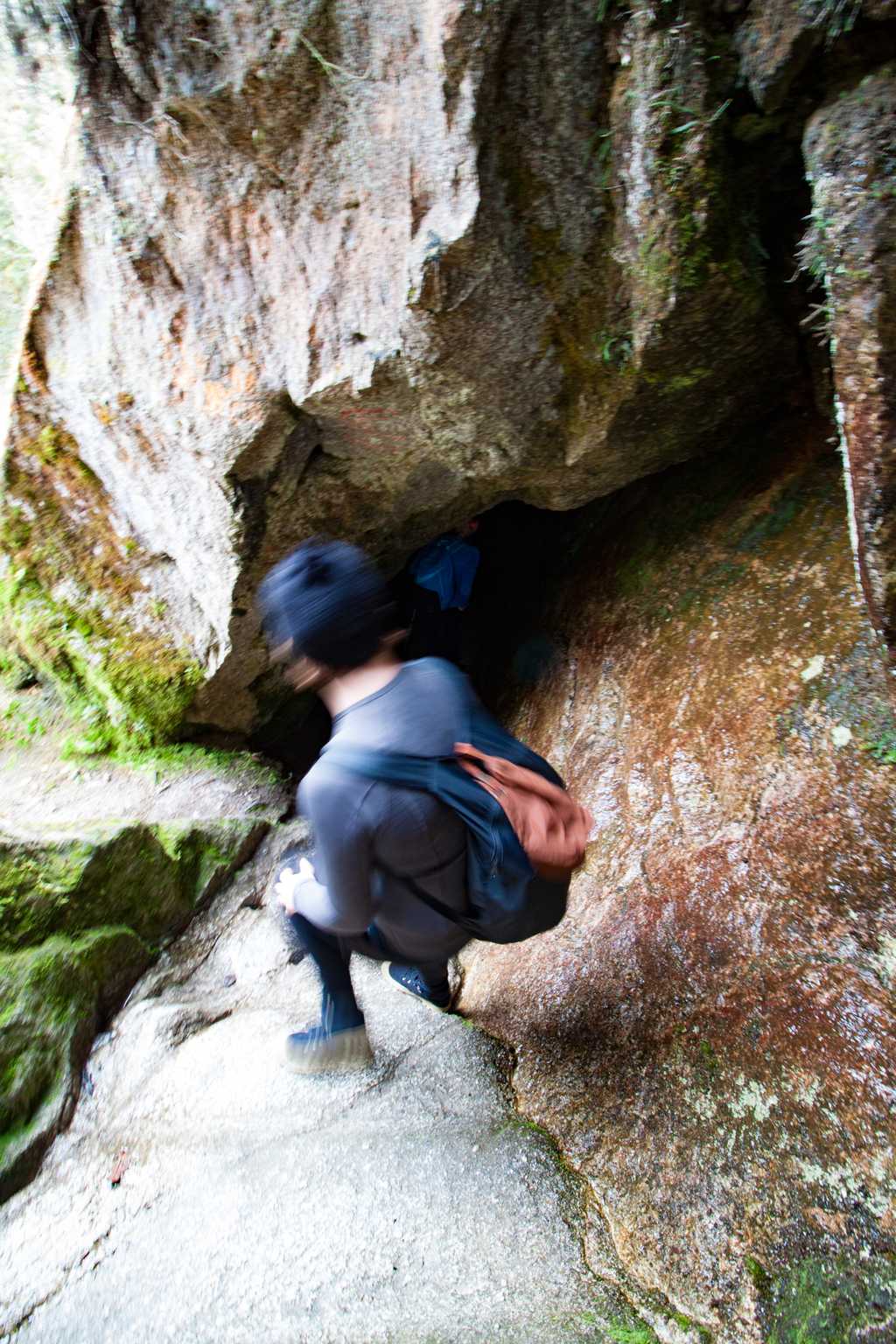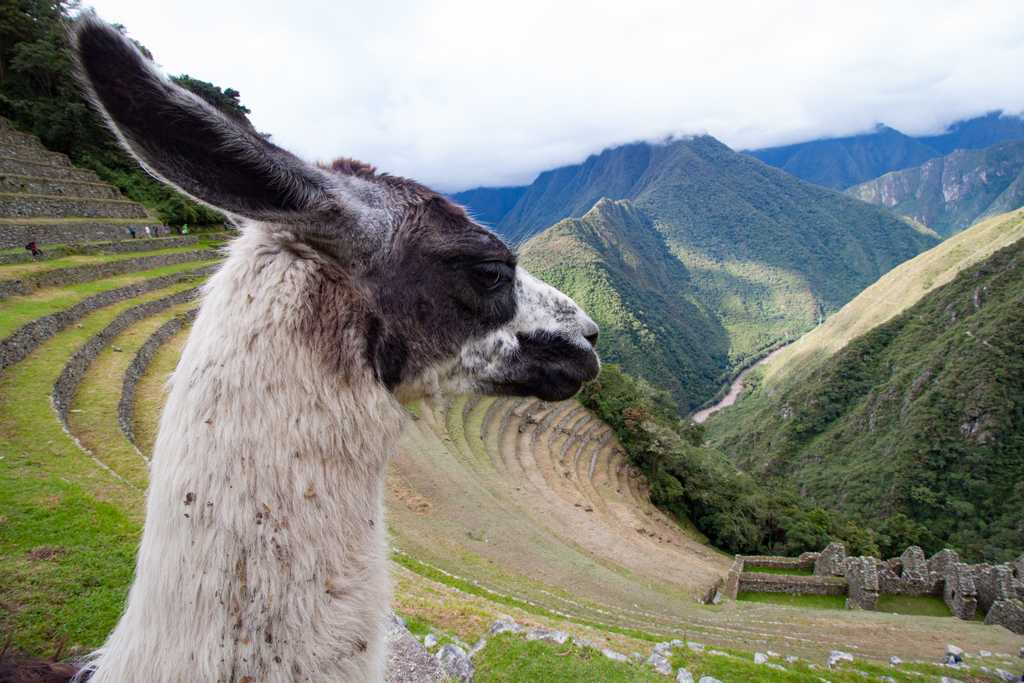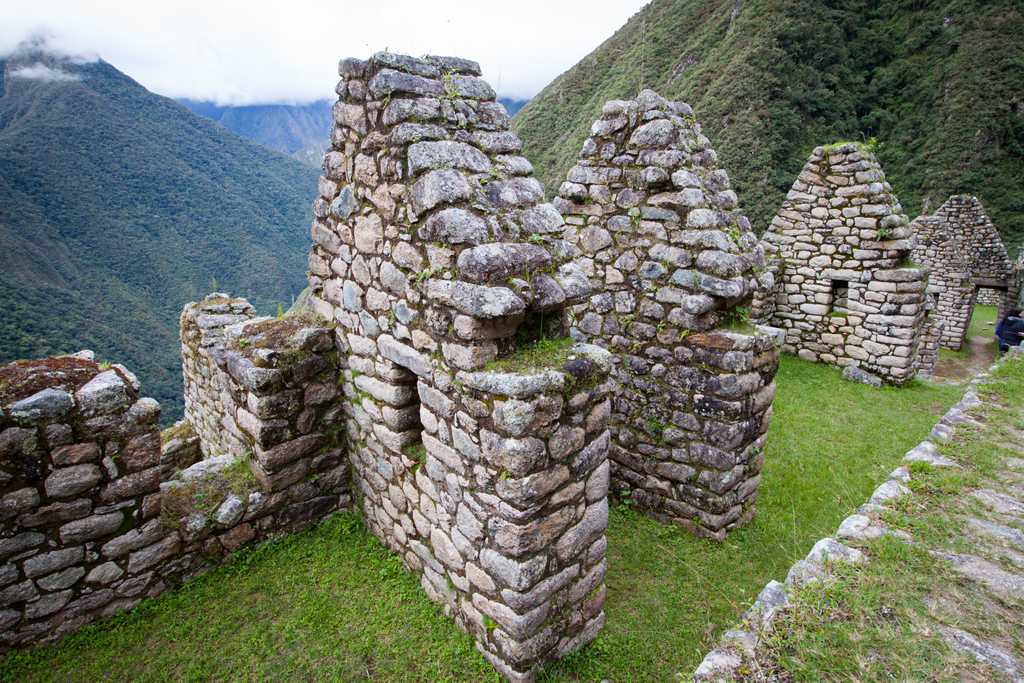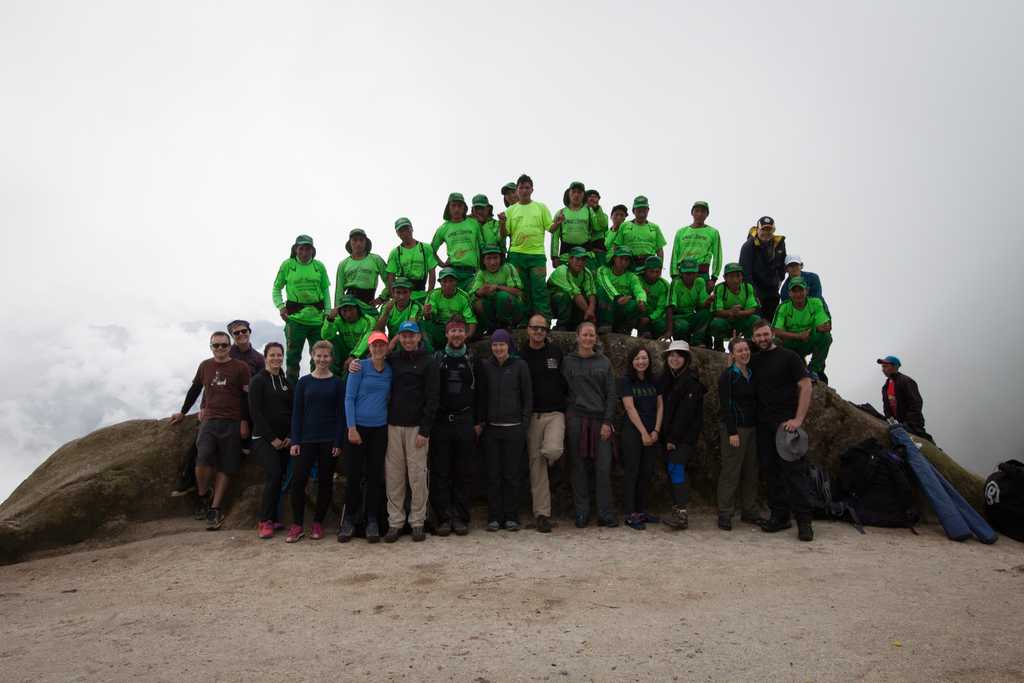Day 3: the lazy day.
Different tour companies schedule differently and stay in different camp sites, but for us day 3 was the easy day. Only a half day hike, and almost all downhill.
Over this side of the mountain, the landscape drastically changed. We were now in humid cloud forest, more or less tropical rainforest. We were on the Atlantic side if the Andes now, which is apparently warmer.
The entire walk was incredibly beautiful, most of it in the bottom of tall tree canopies. There was a lot of water around from yesterday, adding to the rainforest feeling.
As you get closer to Machu Picchu, the trail itself becomes more original. This isn’t just a footpath made of stone. The stonework continues down to the bedrock.
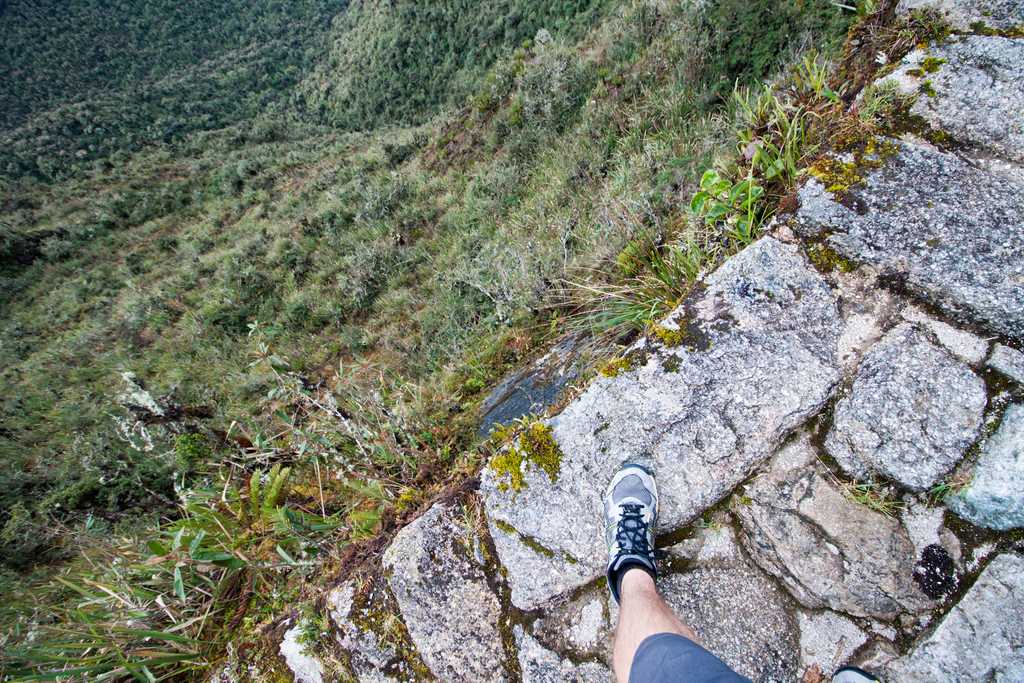
You are walking on a stone wall, built into the mountain. There are even a couple of tunnels carved into the rock.
You hear cynical comments about the Inca Trail. How it’s too busy and you are surrounded by people all the time. In March at least, this is simply untrue. The Peruvian government limits visitors to 500 per day, including porters and guides. Sure, there are hotspots, such as the peak of Dead Woman’s Pass. But for most of the time, people were so spread out that it felt like we were by ourselves. It was lovely.
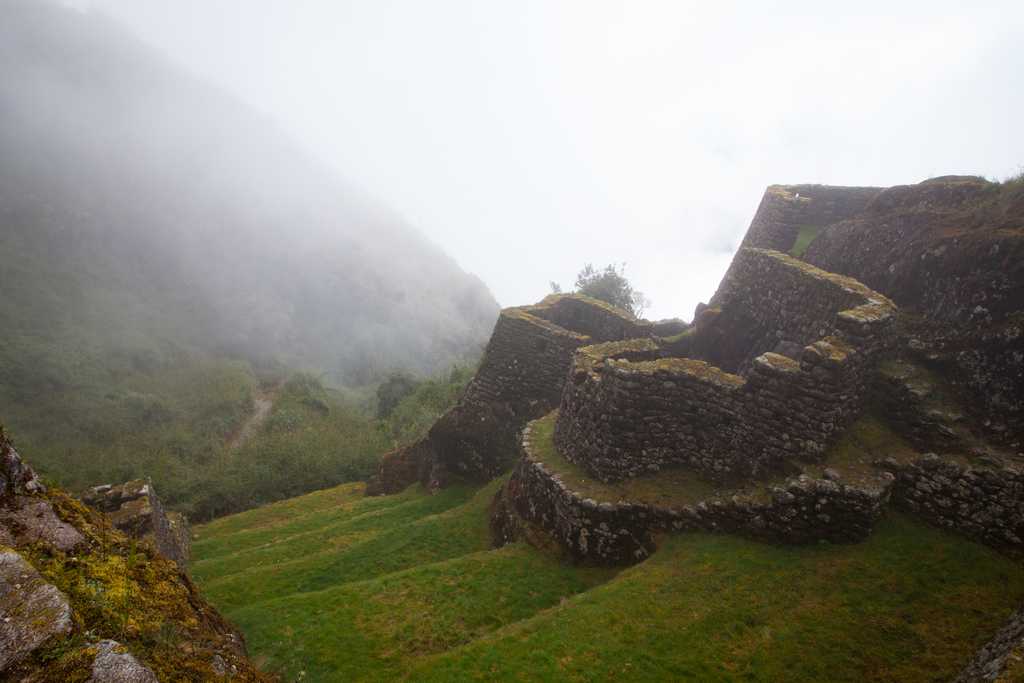
We arrived at our final camp for lunch. This camp is 10 minutes walk from the final checkpoint into Machu Picchu. Everyone ends up here for the final night of the trek. We had a lazy afternoon, then while Renée kept sleeping the rest of us took a 10 minute walk to Wiñay Wayna.
From Renée: I didn’t sleep, I was getting all reflective. See my separate post. Plus, my shoes were still wet.
The story of the Inca Trail and Machu Picchu is weird. There are two routes to the city. One, the commercial route, follows the Urabamba River and has you there in a day. We are hiking on the religious trail that weaves through the mountains. Machu Picchu was first rediscovered in 1911 via the commercial trail. The Inca Trail, and all the additional ruins were found by working backwards from the lost city. Basically, it was so hard to find on purpose. The Inca were getting taken over by the Conquistadors, they knew the Spanish plundered and destroyed. When the Spanish reached Ollantaytambo, the beginning of the two Inca Trails to Machu Picchu, the Inca destroyed sections of the trails to make them impassable and hide their holy city.
Just 10 minutes off the main trail, somehow Wiñay Wayna was missed in 1911. It wasn’t discovered until the 40s by a Peruvian team. The site consists of steep farming terraces, houses, and a series of gravity fed baths. Valentine took advantage of the location, and our exhaustion, to finish up his tale of the fall of the Inca.
Then, an early night for tomorrow.
Read part 4 or Reneé’s take
